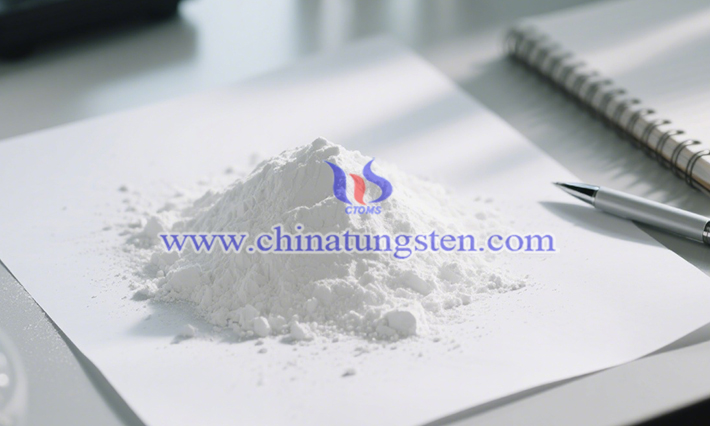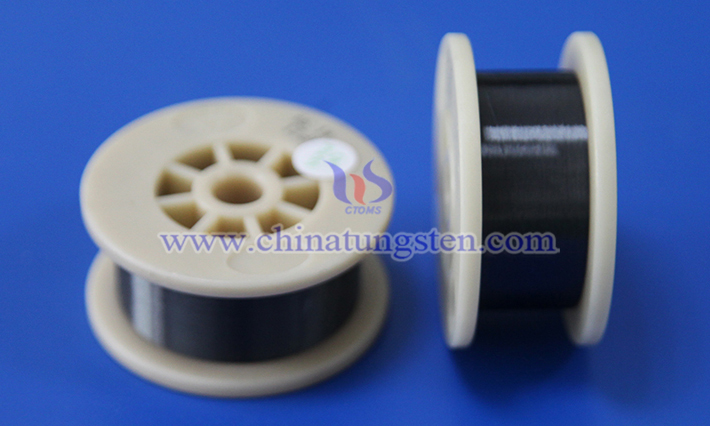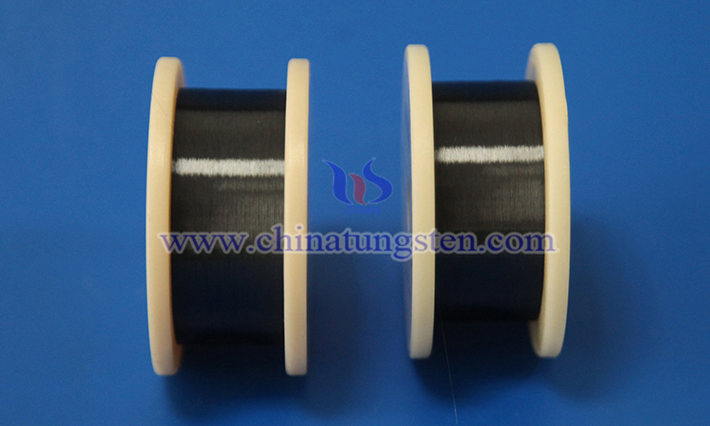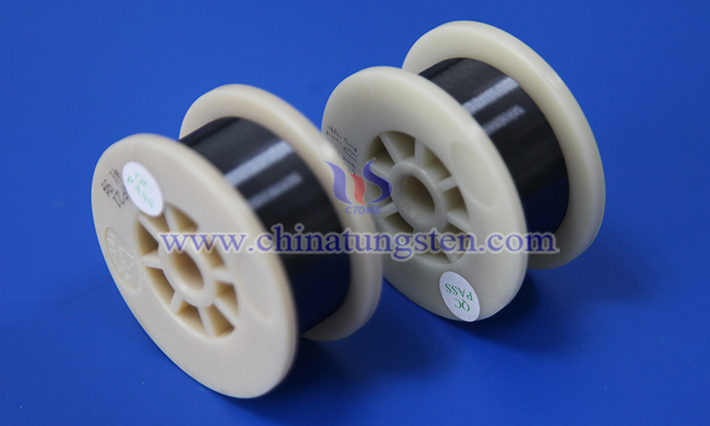Magnesium Tungstate
- Details
- Category: Tungsten Information
- Published on Wednesday, 02 July 2025 16:06
- Written by Xiaoting
- Hits: 192

Like calcium tungstate (CaWO₄), magnesium tungstate is an inorganic compound composed of a transition metal, an alkaline earth metal, and a non-metal element, exhibiting excellent optical, electrical, and magnetic properties, making it widely applicable in optoelectronics and chemical industries. Note: Both calcium and magnesium are alkaline earth metals, with atomic numbers 12 and 20, respectively.
Ferrous Tungstate
- Details
- Category: Tungsten Information
- Published on Wednesday, 02 July 2025 16:01
- Written by Xiaoting
- Hits: 191

Like cobalt tungstate (CoWO₄) and nickel tungstate (NiWO₄), ferrous tungstate is an inorganic compound composed of transition metal elements, Group VIII elements, and non-metals, exhibiting excellent physicochemical properties and wide applications in the chemical industry. Note: Iron, cobalt, and nickel, known as iron-group elements, are all fourth-period, Group VIII elements with atomic numbers 26, 27, and 28, respectively. Their properties are similar, and they all display ferromagnetism.
Environmental Performance of Tungsten Wire in Electric Heated Glass
- Details
- Category: Tungsten Information
- Published on Tuesday, 01 July 2025 17:32
- Written by Zhenghua
- Hits: 174

Tungsten wire is widely used in the manufacture of electric heated glass due to its high melting point, low evaporation rate and excellent thermal properties. It is used as a heating element to achieve defog, defrost or insulation functions. Electric heated glass usually generates heat after power is turned on by embedding tungsten wire in laminated glass or coating conductive film on the surface of glass to achieve functions such as light transmission and insulation.
Read more: Environmental Performance of Tungsten Wire in Electric Heated Glass
Application of Tungsten Wire in Glass Thermal Processing
- Details
- Category: Tungsten Information
- Published on Tuesday, 01 July 2025 17:34
- Written by Zhenghua
- Hits: 176

The application of tungsten wire in glass thermal processing is mainly due to its high melting point, high temperature resistance and good thermal stability. Tungsten wire is mainly used as a heating element in glass thermal processing, used in melting, drawing, sealing and laboratory processing.
Read more: Application of Tungsten Wire in Glass Thermal Processing
Performance of Tungsten Wire in Glass Heat Treatment
- Details
- Category: Tungsten Information
- Published on Tuesday, 01 July 2025 17:30
- Written by Zhenghua
- Hits: 197

The performance of tungsten wire in glass heat treatment is mainly related to its unique physical and chemical properties. The following is an analysis of its performance:
Read more: Performance of Tungsten Wire in Glass Heat Treatment





 sales@chinatungsten.com
sales@chinatungsten.com